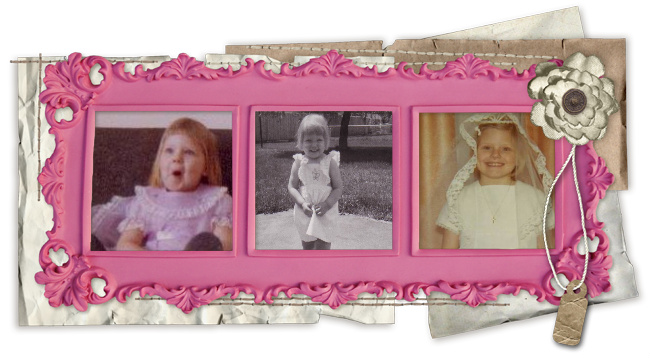I thought I might show you some pictures of my starter. I began this back in March 2010 and so far it has been kept going despite my neglect at times during the year. I don’t mean this was on purpose – there are just times when I don’t bake bread or some yeast product and the starter just ends up sitting in the fridge for a week or two....or even oops three!
I followed Dan Lepard’s recipe from The Handmade Loaf for how to begin a starter and while March probably isn’t the warmest month (at least in England it isn't!) it was an unseasonably warm time last year. Up until this time I had been using Richard Bertinet’s recipe in Dough for all my bread needs – and I still do but I have adapted it to work with my starter. This means I tend to not use as as much water (as the recipe calls for) when mixing the dough with the addition of the starter (as that has water but flour also). But I also let it just sit a while to absorb the water before I begin to knead it. This has the effect of letting it autolyse but also means LESS work! Now that's for me!
I’m probably one of those people you hate – I can take a recipe and pretty much re-invent it with other things that I like and it will come out quite good. I do follow recipes when beginning out on a culinary trail to perfect a skill but soon I diverge onto my own road and doing it my own way. This might not be the ‘proper’ way but in the end does it matter? Isn’t this how other authors come out with new recipes? I might not be an author (yet!) but I have my own likes/dislikes and will always come out with something that is truly my own.
So back to the starter, which I’ve given you several pictures of it throughout a day so that you can get an idea of what it should look like. I think that is why I found Dan’s book so helpful – it gave you daily pictures to judge by. Although I must admit mine took a bit longer to proof but I chalked that up to the cold. However, the starter eventually began to mimic the pictures in the book which was most helpful when I’ve never done something like this before.
Personally, I like pictures - it gives me something to aim for. Yes, they are made perfect by food prop editors and such but I like to know the result. Mine might never come in 100% perfect but I'm not aiming for that - I just want an idea that I'm on the the right track. My cakes, breads or whatever I make are my own creations. As long as they taste good I'm home free!
This first picture is the original starter from the fridge that I’ve transferred to a new container - obviously I've discarded half of it and this is the half that I keep and feed (the other half was used for my bread below). After a while the container begins to look a bit worse for the wear so I transfer it about ever 3-4 months – it just depends.






My easy recipe for croutons is cube the bread and place on a cookie sheet. Sprinkle on some salt, pepper, garlic granules, and some olive oil. Toss them all with your hands and then place in a hot oven (about 190-200 degrees Celsius) for about 7-10 minutes - until they are toasted (I usually turn them over about half-way through the cooking). They come out quite crunchy and will keep about a week in an air-tight container. I used to make them on top of the cooker but found that was too much - oven means less work!
Well I hope you enjoyed that pictorial of my starter. I have been amazed that it has kept going and that it just gets better with time. Oh, I didn’t follow the recipe for the initial starter either – I remember it called for yoghurt of which I only had some plain Greek yoghurt at the time – so I used that. So you see – Rebel against Recipes as always!
I'm off for all the big holidays next week and have decided I'm going to try making croissants. I know - they look difficult but I figure I've done brioche now so why not the next step. I am still not prepared for puff pastry but perhaps this will be a happy compromise. I'll post something soon so watch this space!





0 comments:
Post a Comment